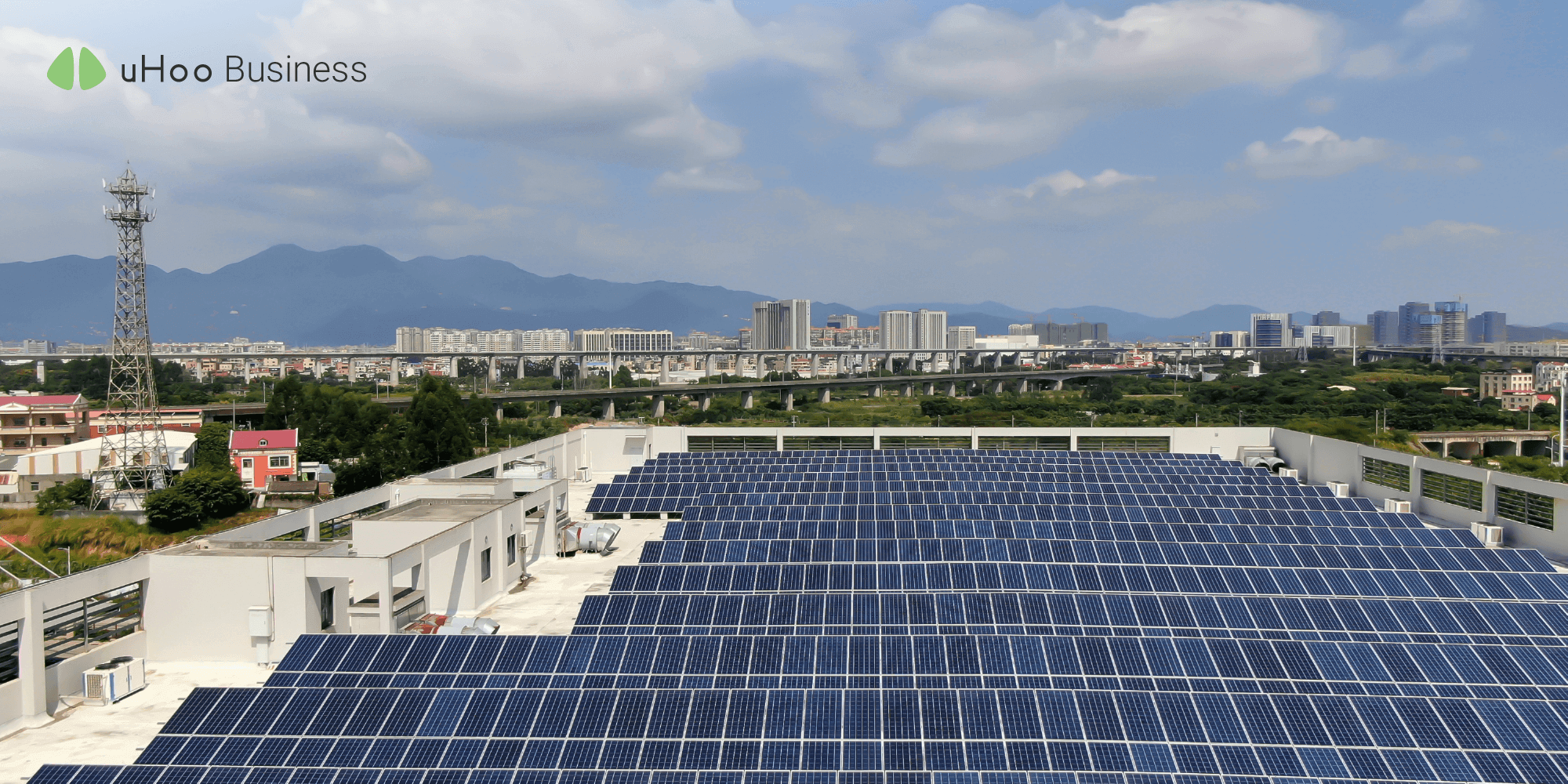
The term net zero has gained significant momentum in recent years. But, what exactly is net zero and can technologies such as IEQ monitoring innovations help companies achieve it?
What is net zero?
Put simply, net zero means cutting greenhouse gas emissions (GHGs) to as close to zero as possible. It is where the amount of greenhouse gasses released into the Earth’s atmosphere is balanced by the amount of GHGs removed.
On the business side, net zero means that a company’s activities, including supply chain, production, and procurement are releasing fewer greenhouse gasses in the atmosphere
Carbon dioxide, methane, and nitrous oxide – the greenhouse gasses (GHGs) emitted by human activity that are the most significant contributors to global heating – continued to rise in the year 2022, the National Oceanic and Atmospheric Administration (NOAA) reports. The continued rise of these GHGs into the Earth’s atmosphere can lead to even warmer temperatures and changing weather patterns that will disrupt the normal balance of nature.
Benefits of becoming a net zero business
As of October 2022, over 8,000 companies worldwide have pledged to achieve net zero emissions under the United Nations’ Race to Zero Campaign, a global initiative that aims to unite businesses, cities, regions, and investors in promoting a carbon-free recovery that ensures health, resilience, and prosperity, while preventing future risks and fostering inclusive, sustainable growth through the creation of quality jobs.
What do businesses get from supporting and becoming net zero?
- Climate leadership
Being a net zero company demonstrates environmental responsibility and leadership in the fight against climate change, contributing to global efforts to limit temperature rise.
- Reputation and brand enhancement
It enhances your brand’s reputation as an environmentally conscious and forward-thinking organization, attracting environmentally conscious consumers and investors.
- Risk mitigation
By reducing emissions and adopting sustainable practices, net zero companies are better prepared to adapt to changing regulations, consumer preferences, and market dynamics related to carbon emissions.
- Innovation and efficiency
Transitioning to net zero often requires adopting innovative technologies and practices, driving efficiency improvements and fostering innovation across the organization.
- Cost savings
Embracing energy efficiency and renewable energy sources can lead to cost savings over the long term, reducing energy consumption and reliance on fossil fuels.
- Attracting talent
The modern workforce values sustainability and is more likely to be attracted to companies with a commitment to net zero, contributing to employee satisfaction and retention.
- Access to markets
Many markets are increasingly demanding products and services with lower environmental footprints, and net zero companies gain a competitive advantage in accessing these markets.
- Investor appeal
Net zero commitments align with responsible investment principles, making your company more appealing to socially conscious investors and potentially attracting more investment.
- Regulatory compliance
Anticipating and aligning with future carbon regulations and reporting requirements positions your company well for compliance and reduces regulatory risks.
- Long-term resilience
The transition to net zero prepares your company for a low-carbon future, enhancing long-term resilience in a changing global economy.
Tips to achieve net zero
- Promote energy efficiency and reduce your carbon footprint by making sure all equipment is turned off when not in use.
- Use the waste hierarchy “Reduce Reuse Recycle” to identify ways to eliminate waste materials.
- Look for suppliers with good sustainability credentials
- Identify which parts of your business are producing the most emissions. This will help you design a strategy that makes the best possible use of your company’s resources and time.
- Use renewable energy.
Can IEQ monitoring help companies become net zero?
Indoor environmental quality monitoring involves tracking various factors that contribute to the quality of indoor environments, such as temperature, humidity, lighting, and noise levels. IEQ monitoring can play a crucial role in helping companies achieve their net-zero goals.
- Optimized HVAC systems
IEQ monitors can track factors such as temperature and humidity. This data can be used to fine-tune heating and cooling systems, reducing energy consumption and associated carbon emissions.
- Smart ventilation
Monitoring indoor environmental quality parameters like CO2 levels can signal when additional ventilation is needed. By ensuring proper ventilation rates based on occupancy, companies can maintain air quality while minimizing unnecessary energy use.
- Occupancy-based lighting
IEQ monitors can integrate with lighting systems to adjust lighting levels based on real-time occupancy. This prevents lights from being left on in unoccupied areas, leading to energy savings and reduced emissions.
- Daylight harvesting
Monitoring light levels and adjusting artificial lighting based on available natural light (daylight harvesting) reduces energy consumption while maintaining appropriate illumination levels.
- Energy-efficient equipment usage
IEQ data can help identify inefficient equipment or systems that contribute to higher energy consumption. Addressing such inefficiencies leads to energy savings and reduced emissions.
- Behavioral awareness
IEQ monitors can provide insights into occupant behaviors that impact energy use. For example, patterns of leaving lights or equipment on unnecessarily can be addressed through awareness campaigns, leading to reduced emissions.
- Peak demand management
By analyzing IEQ and energy consumption data, companies can identify peak usage times. This information helps implement strategies to reduce energy consumption during peak demand periods, lowering emissions.
- Long-term improvement
Continuous monitoring and data analysis enable ongoing optimization of systems and operational practices. This leads to sustained emissions reduction over time.
If your business is empowered to protect the people, your business, and the planet, zero might be your most important number. Let’s take action towards achieving your net zero goals.
